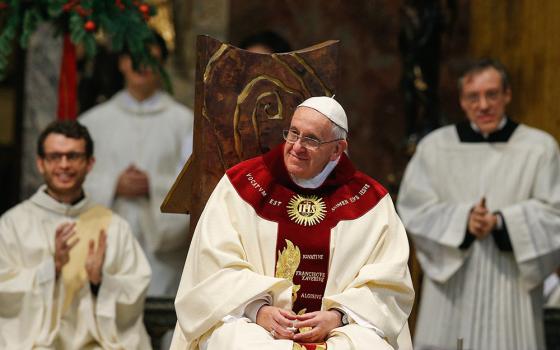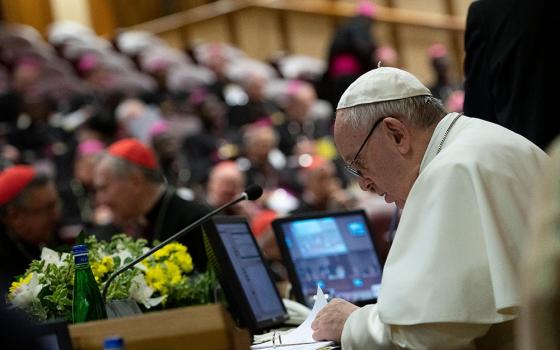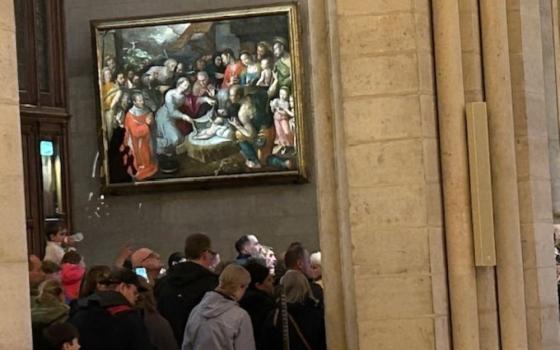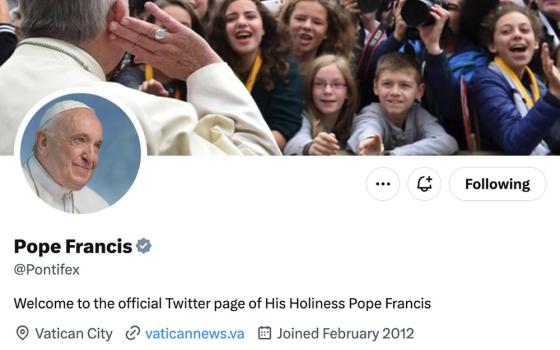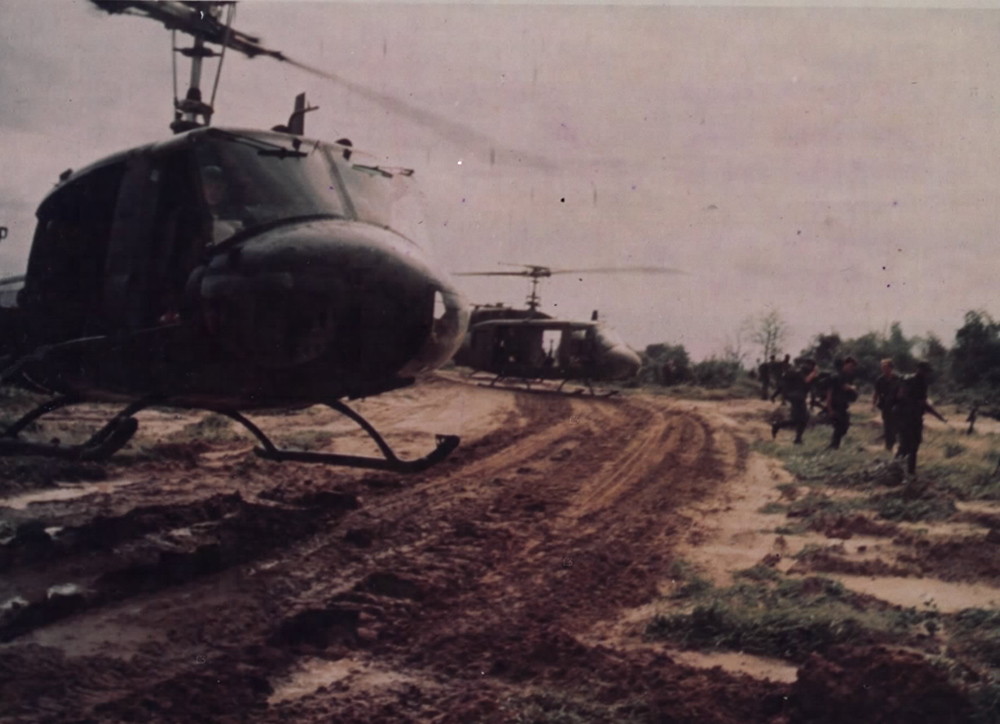
Helicopters land men of the 2nd Battalion, 27th Infantry, 25th Infantry Division, for a long range reconnaissance patrol in Vietnam Aug. 18, 1970. (Wikimedia Commons/NARA/SP4 Sal Mancusi)
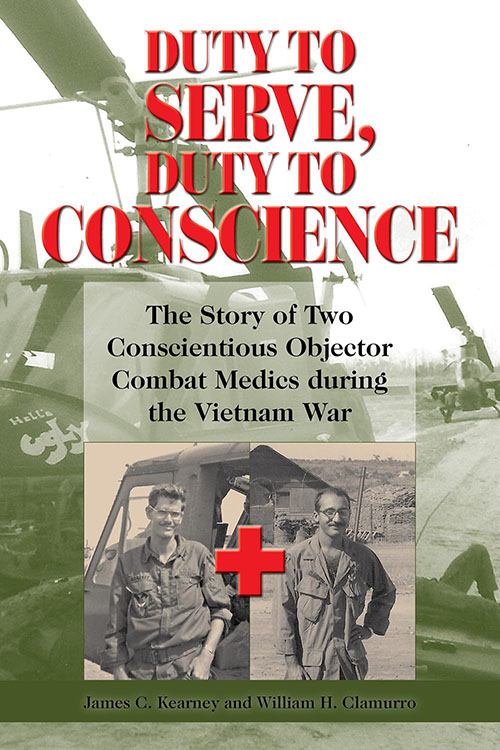
Films and books outside the narrative mainstream sometimes provide the greatest insights into the war in Vietnam and its aftermath. The 1987 film "Good Morning, Vietnam" used the real-life story of Adrian Cronauer, an Armed Forces Radio disc jockey, to portray the kind of GI resistance to the brass that simmered unnoticed before bursting into public view as a full-blown troop rebellion in 1969. George Smith's 1971 P.O.W.: Two Years With the Vietcong documented his life as a prisoner of war in a jungle camp, while debunking the racial stereotypes of his Vietnamese captors.
Duty to Serve, Duty to Conscience has that same character. As conscientious objectors serving as medics in combat situations, the authors' experiences are close to unique and the memoirist disposition of the book credentials an authenticity that an anthropological, outsiders-on-the-inside approach might lack.
Devoid of the aggrandizing war-story fare that mars so many veteran memoirs, the opening pages of James Kearney and Bill Clamurro's story is nevertheless carefully situated in a combat scene.
Just days before going home in 1971, Kearney volunteers for a helicopter mission to extract a wounded GI pinned down by enemy fire. The chopper takes heavy ground fire that seriously wounds Kearney and damages the chopper. With the mission aborted, the shot-up Huey limps back to its home base, where Kearney is offloaded into the hands of his eventual co-author, Clamurro.
Advertisement
Kearney and Clamurro weren't strangers. They had first met in 1969 at Fort Sam Houston in Texas where they took basic training and then trained to be medics. Both had been deferred from the draft for college — Kearney at the University of Texas and Texas A&M and Clamurro at Amherst College in Massachusetts.
Following the 1968 Vietnamese Tet Offensive that foretold the eventual American defeat, U.S. Gen. William Westmoreland asked for more troops in Vietnam. Draft boards complied, calling up men like Kearney and Clamurro who had been deferred but were by then out of college. (On this point, see my essay "The Contradictions of 1968: Drafted for War, the Westmoreland Cohort Opted for Peace" in The American Historian, May 2018.)
When they were classified 1-A (eligible for service) by their local draft boards in 1969, each author applied for reclassifications to 1-A-O status: conscientious objection to the war but acceptance of compulsory service — they were draftees, after all — in noncombat roles.
The 1-A-O category was a little-known loophole in the Selective Service nomenclature. The standard application for conscientious objector status required a pacifist background in a religious tradition, such as Quaker or Mennonite, and agreement to render alternative service in a civilian setting.
Neither Kearney nor Clamurro claimed religious faith as a basis for his anti-war beliefs. Rather, they had independently come to oppose the war on humanitarian grounds and accepted caregiving roles as unarmed medics assigned to combat units in Vietnam.
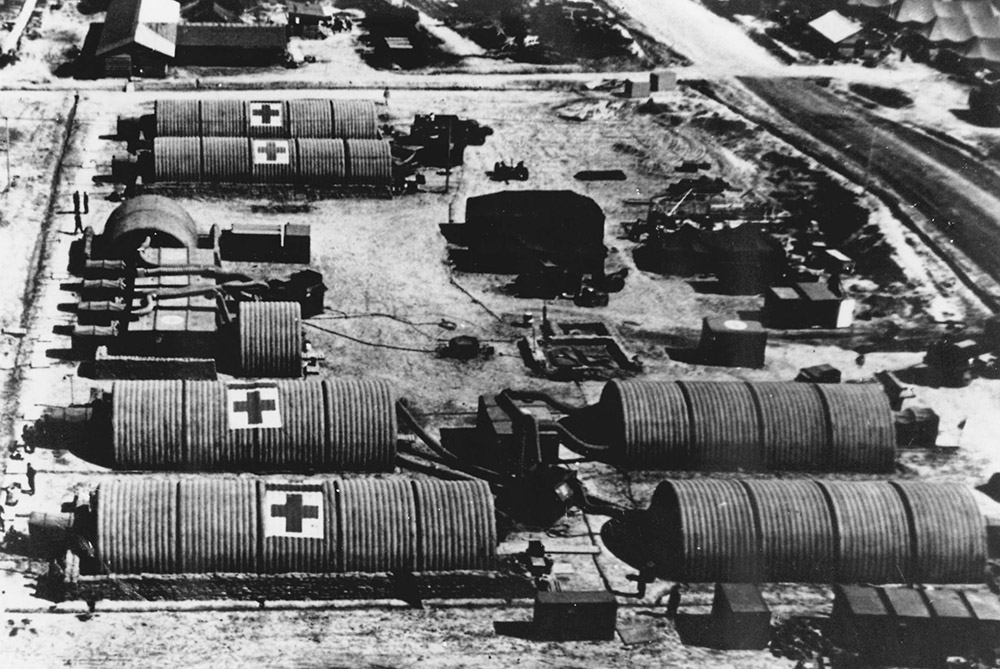
Medical Unit Self-Contained Transportable (MUST) at Fort Sam Houston in Texas, circa 1968 (Flickr/National Museum of Health and Medicine)
The paths taken by Kearney and Clamurro to basic and medical training at Fort Sam Houston were very different. Kearney was a self-described "country boy," the son of a Texas rancher. College for boys like him meant Texas A&M, then an all-male engineering and agriculture boot camp where Reserve Officer Training Corps (ROTC) was required, and harassment of freshmen was routine. The following year, he transferred to the University of Texas and pursued a degree in literature.
Ironically, given the year of ROTC that Kearney had at A&M, his introduction to the war in Vietnam came in Europe in the summer of 1966. There, between his first and second years of college, anti-American sentiment related to the war was beginning to stir when, on Aug. 1, Marine veteran Charles Whitman climbed the University of Texas campus clock tower and opened fire with a high-powered rifle. He killed 14 people and wounded 31 others before being shot dead by a police officer.
It was the largest mass shooting in the U.S. to that date. Still in Europe, Kearney fielded questions about the killing that he had no answers for.
Calling the summer an end-of-innocence experience, he began fall term at the University of Texas. He stumbled across Bertrand Russell's Freedom and Organization and audited a graduate seminar given by Hans Kohn, author of The Idea of Nationalism.
By 1968, television news about Vietnam, his pending graduation and decisions about the draft and the University of Texas' high-octane cultural scene — the radical student newspaper The Rag was hitting its stride — was deepening Kearney's "preoccupation" with the war.
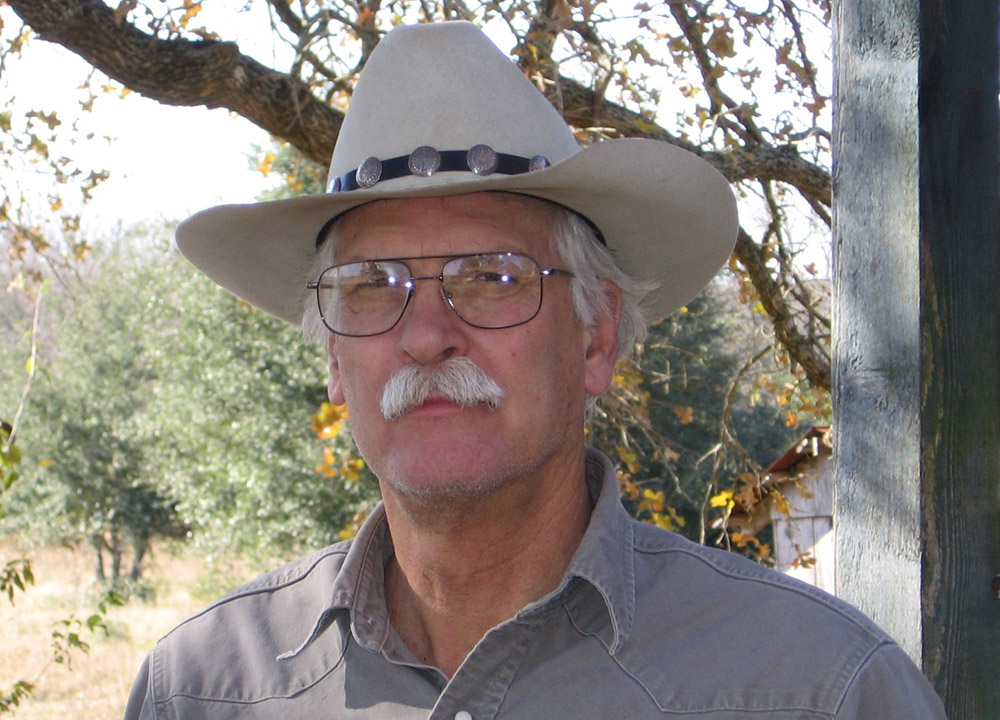
James Kearney, co-author of Duty to Serve, Duty to Conscience (Courtesy of UNT Press)
While Kearney was more an observer of anti-war activities than a participant in them, his curiosity about Students for a Democratic Society led him to register for its national convention scheduled for Austin, Texas, in March 1969. His attendance there would complicate his application for conscientious objector status.
Unbeknownst to him, the Austin Police Department, in collaboration with the FBI's surveillance of anti-war activity, known as COINTELPRO, documented his attendance. The information in that file would inform the bank of questions he faced from Military Intelligence officers considering his application for conscientious objector status.
The draft ended in 1973 and with it the 1-A-O category of military medics. The moral and ethical issues brought into public view by cases like Kearney's in the 1960s are now only faintly remembered in pacifist histories of the war years — which makes Duty to Serve, Duty to Conscience all the more valuable. Kearney opens the archive of his own case to show and describe the government documents he had to respond to, along with his responses.
While of limited practical value in the early 2020s, the bureaucratic culture and personal dilemmas of young Americans facing military service described by him are timeless.
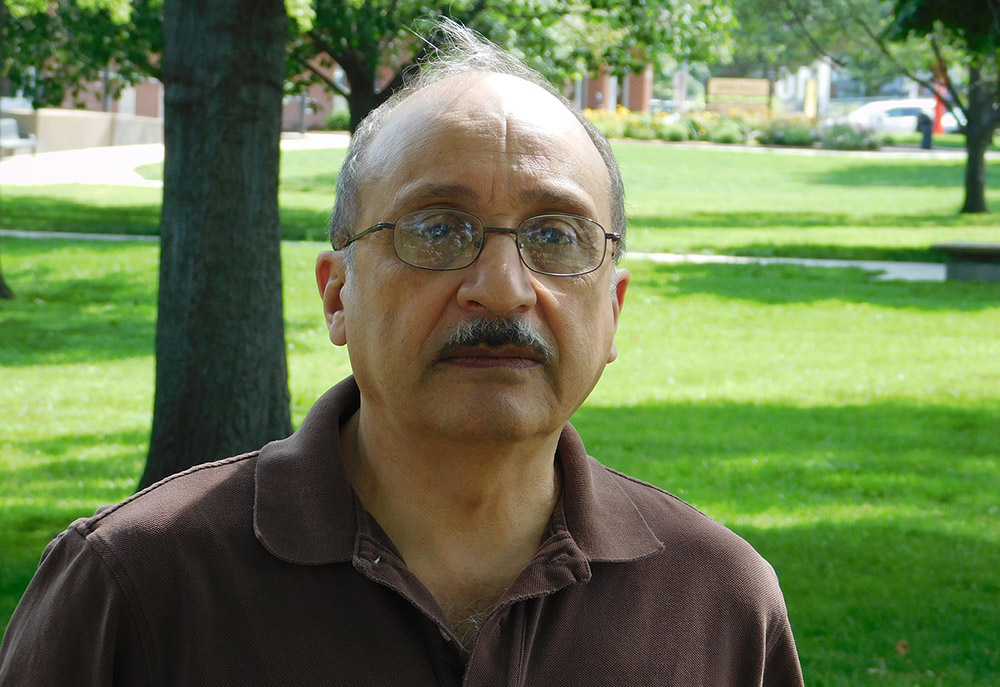
William Clamurro, co-author of Duty to Serve, Duty to Conscience (Courtesy of UNT Press)
Kearney is credited as the author of the book's Prologue and eight of its 11 chapters. His story paired with Clamurro's could have produced a methodologically valuable comparative-biography project — but Clamurro's backstory to his time in Vietnam is all but AWOL.
We know little about him before his assignment, as a medic, to a tank unit of the 25th Infantry Division at Cu Chi in December 1969. He describes unzipping body bags and sifting through the human remains stirred in with mud and vegetation scooped up in their recovery; he remembers the corruption of military authority — the black marketing of military goods — and his anger, recorded in a letter home, that large amounts of surgical supplies and medicine went to the burn pit when his unit was deactivated in the Nixon draw-down; and he recalls the inadequacy of the training he received at Fort Hood — with nothing for the treatment of drug overdoses, for example.
This is not the book for general histories of the war in Vietnam or of the anti-war movement; for those, readers should see Marilyn Young's The Vietnam Wars, 1945-1990 and Tom Wells' The War Within: America's Battle Over Vietnam, respectively. Duty to Serve, Duty to Conscience is a different breed.
We see this best in the fine line that Kearney walks between the snafu that he remembers the spring 1970 invasion of Cambodia to have been, and the misery of the field conditions and fears of ambushes and death he experienced during that operation. Both are imprinted on his memory.
Clamurro, for his chapters, relies less on his memory than on the letters he wrote home. Used as an opportunity to reflect now on what he wrote then, the letters give the book an introspective character that is seldom seen in veteran memoirs.
Kearney and Clamurro, from their catbird seats as noncombatant 1-A-O medics in a combat zone, reveal levels of originality and authenticity that standard fare guts-and-glory veteran memoirs leave wanting.




